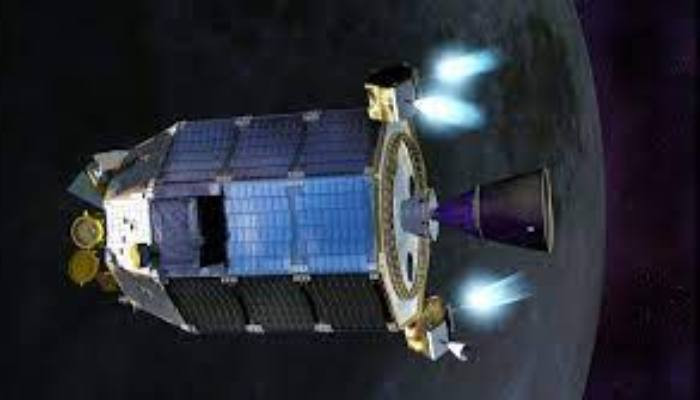NASA’s CAPSTONE Mission Launches to the Moon
 12097 Tuesday, 28 June, 2022, 20:00 A small NASA-financed spacecraft launched from New Zealand on Tuesday, kicking off the space agency’s plans to send astronauts back to the moon in a few years. The spacecraft, called CAPSTONE, is about the size of a microwave oven. It will study a specific orbit where NASA plans to build a small space station for astronauts to stop at before and after going to the moon’s surface. At 9:55 p.m. local time (5:55 a.m. Eastern time), a 59-foot-tall rocket carrying CAPSTONE lifted off from a launchpad along the eastern coast of New Zealand. Although the mission is gathering information for NASA, it is owned and operated by a private company, Advanced Space, based in Westminster, Colo. For Artemis, NASA’s program to send astronauts back to the moon, NASA decided to include a small space station around the moon. That would make it easier for astronauts to reach more parts of the moon. |

Japan Unveils Human Washing Machine, Now You Can Get Washed Like Laundry (video)
541801.12.2025, 20:45
Chinese humanoid robot sets Guinness World Record with 106-km inter-city walk (video)
689724.11.2025, 16:30
Musk։ Optimus will be able to eliminate poverty and provide everyone with a universal high income (video)
855923.11.2025, 12:45
AGMI researchers expose the hidden role of female perpetrators in the Armenian Genocide (photo)
421113.11.2025, 21:15
LVM3-M5 mission successfully launches CMS-03 satellite (video)
707802.11.2025, 21:17
Google разработала квантовый алгоритм, работающий в 13 тыс. раз быстрее алгоритма суперкомпьютеров
684322.10.2025, 23:44
Apple introduces the powerful new iPad Pro with the M5 chip
760415.10.2025, 23:34
Apple debuts iPhone 17
774009.09.2025, 23:08
